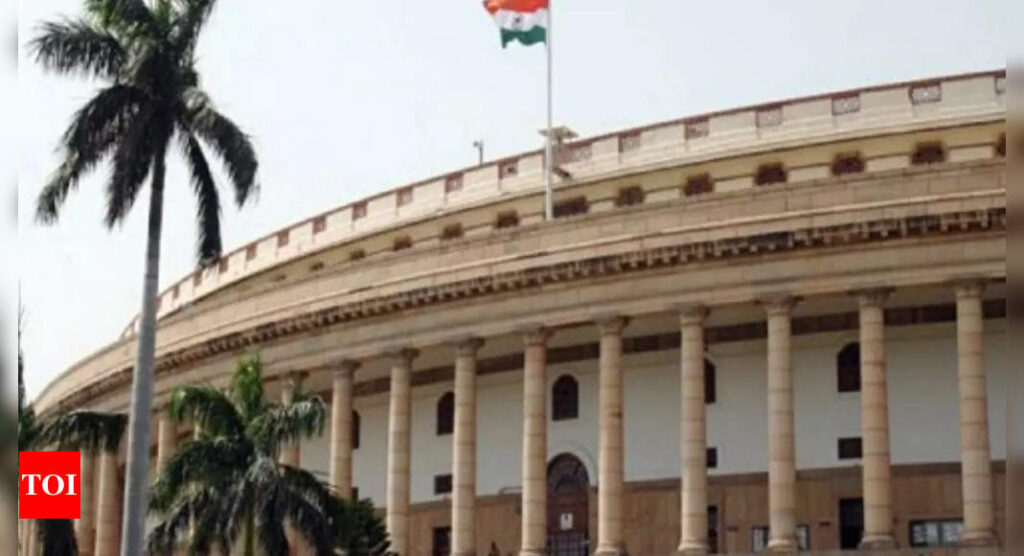[ad_1]
Adhir Ranjan Chowdhury, the Congress leader in the Lok Sabha, announced the opposition parties’ plan, saying that they would bring a no-confidence motion in the lower house on Wednesday.
Sources indicate that the opposition parties will convene early on Wednesday to finalize the draft of the motion.
Here is an FAQs on no-confidence motion in Lok Sabha against:
What is a no-confidence motion?
A no-confidence motion is a parliamentary process that allows the opposition to challenge the government’s majority and ability to govern. If the motion is passed, the government must resign.
Who can move a no-confidence motion?
Any member of the Lok Sabha can move a no-confidence motion. However, the motion must be supported by at least 50 members of the House.
How is a no-confidence motion moved?
A no-confidence motion must be in writing and must be signed by the member moving it. The motion must be submitted to the Speaker of the Lok Sabha on any day on which the House is sitting.
What happens after a no-confidence motion is moved?
The Speaker of the Lok Sabha will decide whether to admit the motion for discussion and debate. If the motion is admitted, the Speaker will then decide on the date and time for the discussion. The Speaker may grant time for the discussion of the motion (under sub-rule (2) and (3) of rule 198 of Lok Sabha Rules.
How is a no-confidence motion debated?
The no-confidence motion will be debated in the Lok Sabha. The motion will be moved by the member who submitted it, and the government will then respond to the motion. The opposition parties will then have the opportunity to speak on the motion.
How is a no-confidence motion voted on?
After the debate, the Lok Sabha will vote on the no-confidence motion. The motion will be passed if it is supported by a majority of the members of the House.
What happens if a no-confidence motion is passed?
If a no-confidence motion is passed, the government must resign.
What happens if the government wins the vote on the no-confidence motion?
If the government wins the vote on the no-confidence motion, the motion is defeated and the government remains in power.
How many no-confidence motions have been moved in the Lok Sabha?
Since independence, 27 no-confidence motions have been moved in the Lok Sabha. The first no-confidence motion was moved against Prime Minister Jawaharlal Nehru in 1963. PM Indira Gandhi faced the most no-confidence motions (15), followed by Lal Bahadur Shastri and PV Narasimha Rao (three each.
The Atal Bihari Vajpayee government lost the no-confidence motion by a margin of one vote (269–270) in April 1999.
The most recent no-confidence motion was moved against the Narendra Modi government in 2018.
(With inputs from agencies)
[ad_2]
Source link











More Stories
Congress replaces Kamal Nath, names an OBC as Madhya Pradesh chief | India News
Fire breaks out in ITBP camp in Srinagar; none hurt | India News
Parliament Security: Co-villagers give clean chit to Lalit Jha, parents to move court | India News